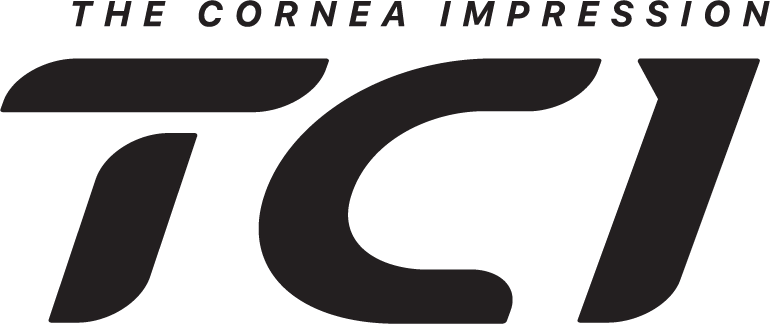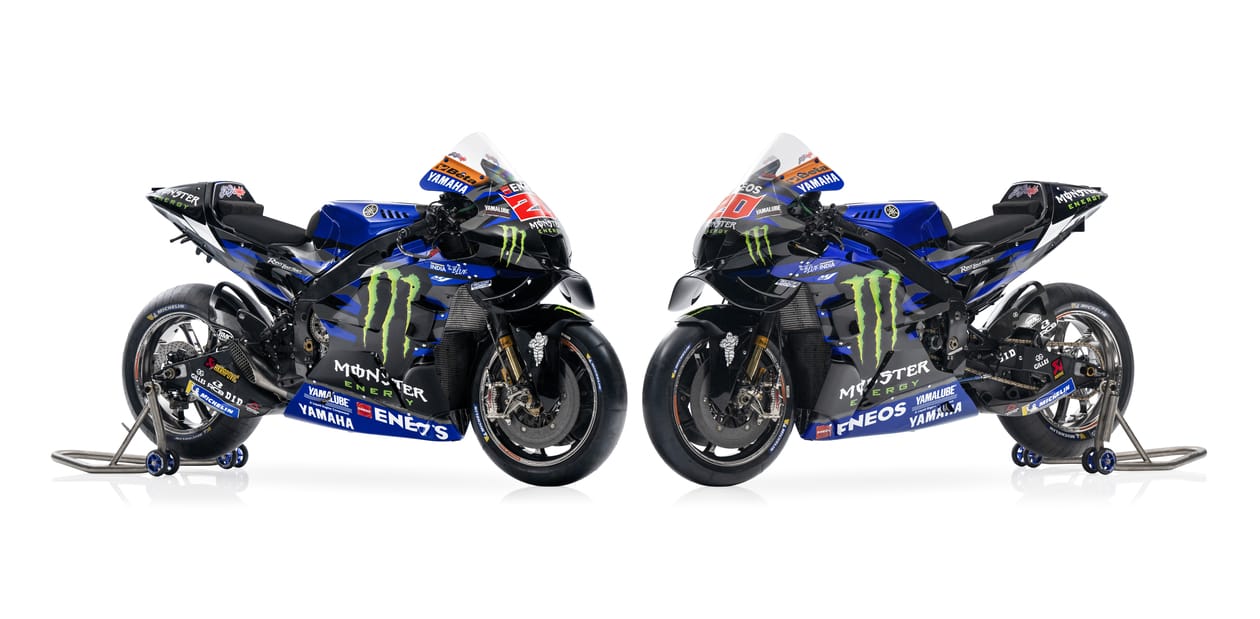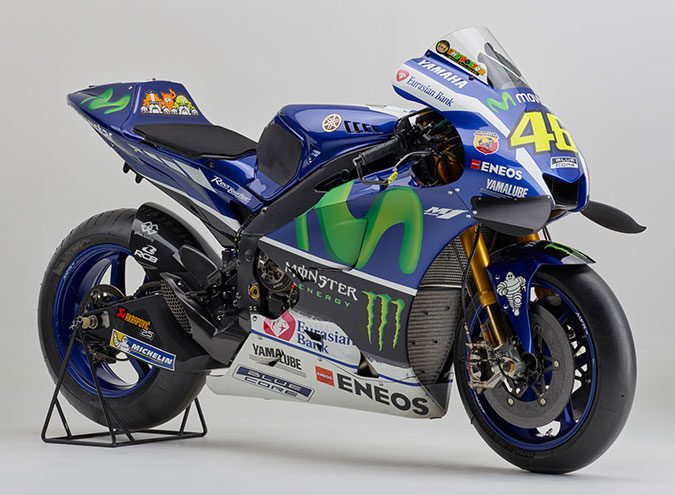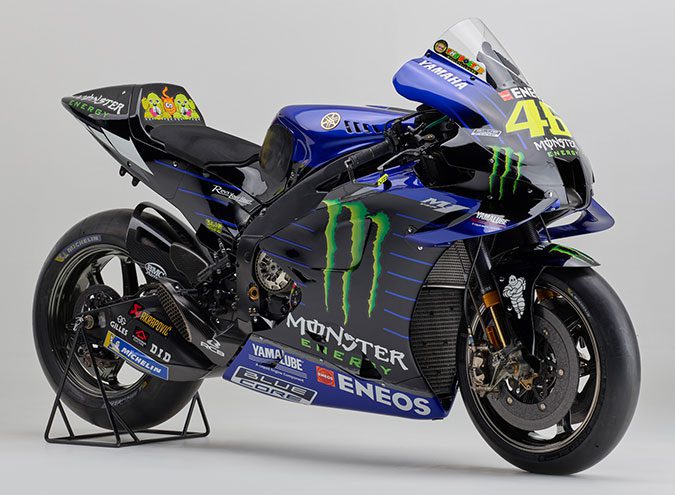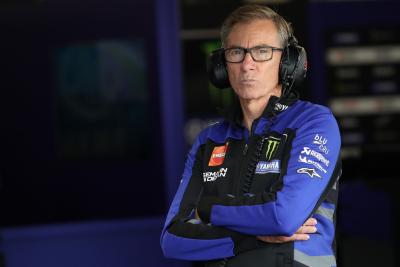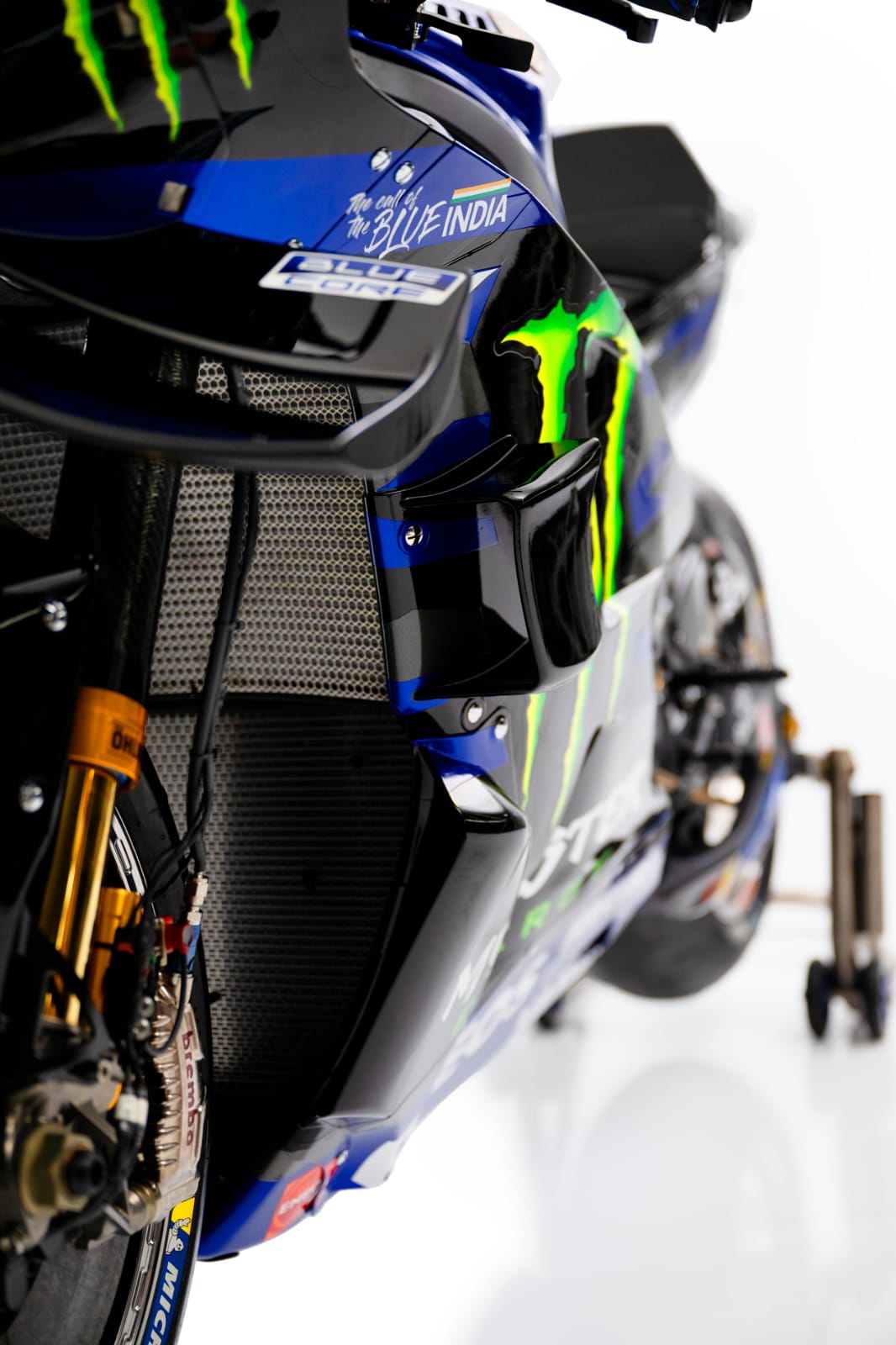But lately – Yamaha has shown solidarity with their Japanese counterpart by being at the back of the grid – and since their championship year way back in 2021 and after failing to defend their title in 2022 against Ducati and Pecco Bagnaia – Yamaha has fallen off the grace – and what a fall it was for once a team that propelled The Legend Valentino Rossi to the heights of Moto GP.
What changed!?
After years of success with their tried and tested inline 4 configuration – Yamaha was losing out to the V4s on the straights but kept close ties to those bikes in the corners – but, with time and the constant struggle of engineers to find the final tenth of a second – Moto GP Prototypes – led to the emergence of Aerodynamics on the bikes – pioneered by Ducati at first but soon other factories had to follow suit and take their development path with sharp wing blades and spoilers – which seemingly Japanese manufacturers kept lagging, and for Yamaha, their Inline 4′ power deficit to the V4s didn’t help the matter either.
The way inline 4s are configured and the way they deliver power made the bikes with inline 4s one of the agile challengers on the track – but with the introduction of Aero and Ride height devices, made the advantage Inline 4s used to have redundant and inability to produce more or enough power as the V4s, Yamaha Is losing out to their competition on the straights and with the aero advantage other European manufacturer has seemingly mastered – Yamaha is loosing out in the corners as well.
The double-edged sword of adding more aero to go faster around the corners, results in drag, which the inline 4 of the Yamaha M1 couldn’t compensate for at least, not to an extent as its V4 counterparts – and even if the engineers at Yamaha Factory tried to amp up the power – the brittle nature of the inline 4s – demands increase in components to balance out the forces resulting in an increase of power – which in turn opened another can of worms, such as an increase in weight and not to mention the unreliability that followed those engines.
All these complications and the proven upside of shifting to a V4 have prompted Yamaha to drop their historical inline 4 configuration and move towards a V4 configuration, with the MotoGP landscape and racing philosophy shifting drastically towards a more aero-oriented platform – it only makes sense for a team like Yamaha to swallow the bitter pill and forego years of development knowledge and data in favour of a development path that has proven to reap results.
Some of the biggest examples of V4 Bikes in the modern Moto GP era are the Aprillia and more importantly Ducati, both these manufacturers were struggling to keep up with the pace of Yamaha and Suzuki in the pre-aerodynamic and ride height era, especially the Aprillia which gave off vibes as if they made their peace with being the resident back markers of the grid – but in the recent years, Ducati has been dominating the sports and Aprillia being the sole challenger to them.
Confirming the News, this is what Lin Jarvis had to say: “I can confirm that we are busy developing a V4 powerplant.
“In the last years, we’ve seen many, many technical developments in this sport, and of course, Suzuki stepped out, so we’ve been the only manufacturer remaining with the inline-four, and the inline four, in our opinion, still has plenty of capacity to be developed and to be improved.
“But when you have all of your competitors using V4s – and now as we look towards the 2027 new regulations – it’s important for us to fully understand the potential of a V4 versus the inline-four. Based on that, some time ago we decided to start the project.”
Monster Yamaha Moto GP team chief has confirmed that their new V4 is currently on the dyno for testing and will see the daylight as early as mid-season next year i.e 2026, however with the reshaping of the Technical regulations from 2027 onwards, Yamaha committing to a new engine now, otherwise waiting for the regulation change and then change accordingly – not only shows their commitment to get back on track and not wait for a regulation revamp handing out a clean slate, this means Yamaha besides building a V4 to suit the current 1000cc regulation but as well have to get back to building a new V4 to suit the upcoming 850cc regulation and with the reduction of aero and ban on ride height device perhaps, Yamaha need not have to commit to such a huge change this early.
However, after 50 years of serving as the go-to choice for manufacturers to build a Racing bike, Inline 4s are slowly phasing out with Yamaha remaining the only Inline 4 runner on the current with the departure of Suzuki from MotoGP and Yamaha themselves shifting to V4 are tell-tale signs that the chapter of two-wheel racing and inline 4 is drawing to a close, at least at the upper echelon of the motorcycle racing.
